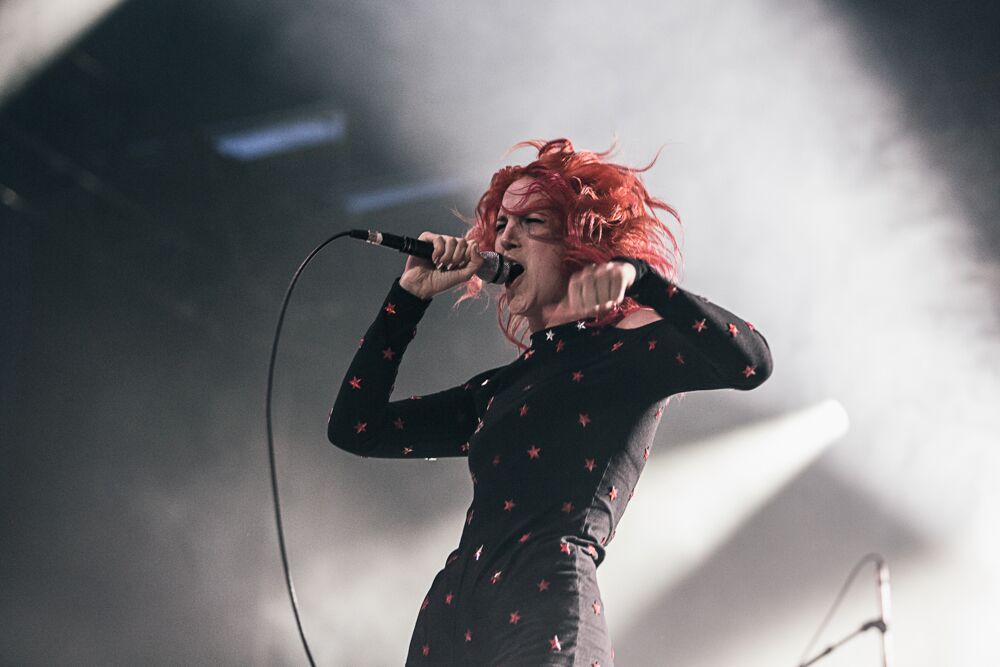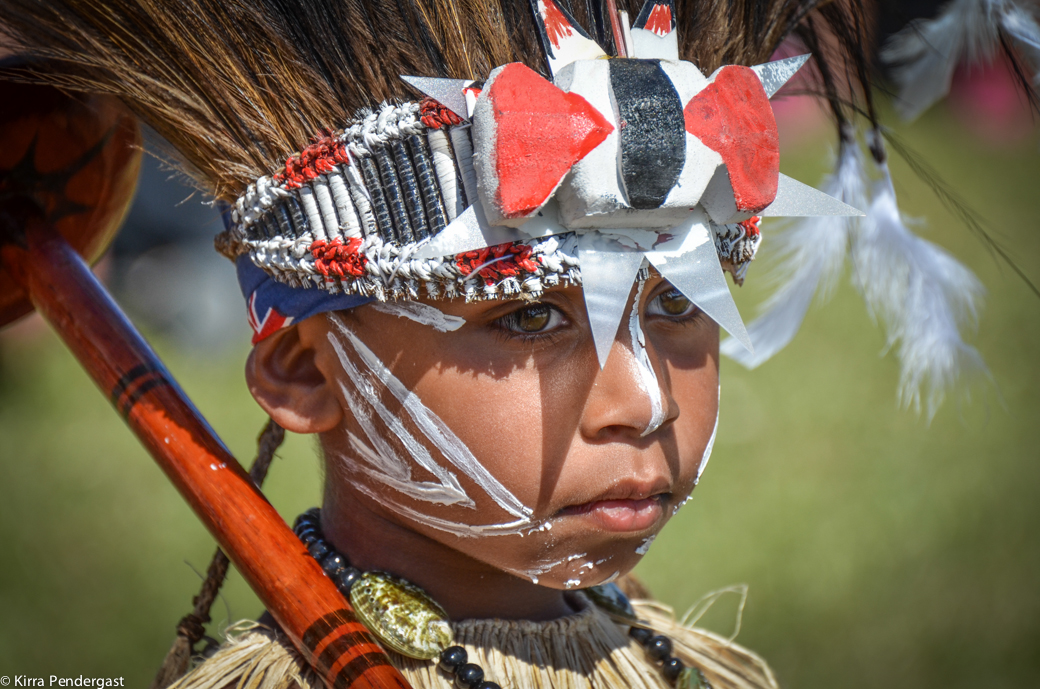
SLIGHT RETURN
Music festivals bring together people from all walks of life, a fusion of cultures, backgrounds and personal nuances bound by a love for the rhythm. Some address specific genres or music, others, such as Splendour In The Grass, diversify, with a more eclectic array of musical methodologies in their lineups.
But to even allude to these events in reference to the Boomerang Festival would be to miss all but the most superficial aspects of this extraordinary experience.
It had the draw cards, names of renown such as Thelma Plumb, Busby Marou, Casey Donovan and The Medics. It had the stalls, the crowds and location of a more conventional event. But where Boomerang differed was not in the tangible aspects, the attractions daubed on flyers, the renown of the artists or, especially given its inaugural status, the festival’s repute. In fact, Boomerang’s most notable and redeeming idiosyncrasy was beyond the planning, the vision, even the expectations of the event’s organisers.
Boomerang’s uniqueness lay in its unspoken message, shared in a language so foreign to many but understood by all. For the festival’s invitees, such as Gurrumul Yunupingu and Archie Roach, as well as the dance performers from The Torres Strait Islands, Far North Queensland and the local Arakwal people, it was a message passed on through generations, intrinsic to their beliefs and perspectives. But to the regular ticket holder it was something entirely new.
The average Australian, indeed the average human, is aware of other cultures. Australians have been taught about the country’s first people, their ways, their stories and their history, but never have they been connected to it, immersed in it and so enveloped by it as to actually begin to understand it.
“The level of ignorance in non-indigenous Australians of indigenous culture is just astounding,” reflects Boomerang guest speaker and stalwart indigenous rights activist, George Negus. “To come and have a weekend like this where there’s music, there’s dance, there’s art – it’s the mixing of people. It’s what Dr Yunupingu called two-way. If we’re going to improve relations with our indigenous brothers, it has got to be a two way process. We have got so much to learn from them it’s ridiculous, but we’re so patronising to them on occasion, thinking that we can teach them things and they can’t teach us anything. But that’s ridiculous – they’ve been around a lot longer than us.”
Our often conceited nature views indigenous culture from around the world as interesting. We may watch the dances of tribes and nations with curiosity and the utmost respect, but it is always from behind the barrier, the other side of the glass or even via that conduit of ignorance and disassociation, the television.
An energy flowed throughout the long weekend of unity. It wasn’t that any could be naive enough to think that this was a landmark event of repatriation – the apology so desperately needed for our nation’s healing – but, with the acceptance and sharing of the indigenous cultures represented and the humility with which it was witnessed, the slightest glimmer of hope began to shine through the cracks of society.

“It’s a beautiful opportunity to share our traditional culture with everybody,” observes Malu Kiai Mura Buai Dance Troupe matriarch, Aunty Trish. “We first established our family dance team at World Expo ’88 and so our children have all grown up within the team and the culture is passed on from generation to generation. We teach them the respect for other cultures as well as our own and themselves. Meeting other cultures and getting to know their ways as well, it’s just a two-way street really. It’s really good for our children and, being a multi-cultural country now, it’s beautiful to know one another’s traditions.”
Local celebrated musician Xavier Rudd has long been recognised for his outspoken stance on the need for respect and reunification of our people and the acknowledgement of this two-way dialogue. He has connected far deeper than most with Australia’s indigenous family and has been a beacon of light for the cause. Joined on the Boomerang Festival’s main stage by Shellie Morris, Jeff McMullen and clan leader of North East Arnhem Land’s Dhurrili Nation, Dr Dijiniyini Gondarra, he helped share the vision of One Love, a country and a planet with a singular bond. Through song, he illuminated this message, every single member of the audience, regardless of wealth, creed or genetic predisposition was overwhelmed, rising to its feet as one mob to share this vision of hope, that we must not let our past dictate our future, that we are one people across the world and that discrimination must be eradicated from our society.
This permeated every dimension of the festival, from Ernie Dingo’s hilarious quips between musical acts to the exquisite lyrics in native dialect of Gurrumul, from the TV celebrity of the Move It Mob Style crew to the littlest member of the Torres Strait Island’s Malu Kiai Mura Buai Dance Troupe who captured the hearts of everyone lucky enough to witness his amazing talent. This little man, at the tender age of 5, did more alone for the recognition of Torres Strait Islanders in one weekend than our politicians have done in the last 50 years.

“I think we’ve got a long way to go,” says Negus. “There’s a lot of things about the attitude of governments towards indigenous people in this country that are undemocratic, almost racist on occasion. When I hear politicians talking about the development that needs to be done for indigenous Australians I keep hearing about economic development and independence. I don’t hear much about preserving their culture and I don’t think my indigenous friends would be very pleased about that because you have to know these people to know how much country and culture means to them. A lot of things that Tony Abbott says I know are well-meaning, but I think he completely misses the point.”
This wasn’t a Glastonbury, a Woodstock or a Big Day Out. Boomerang could be likened more to the anti-Vietnam or bra burning demonstrations of the mid ’60s or the swathe of Occupy events that have recently been taking over our global centres of power. Admittedly, Boomerang accomplished this on a far less grandiose scale, not amounting to the profundity of these memorable events, but every moment of the long weekend spent on the site that is home to the Bluesfest gave a sense of witnessing the first minute sparks of the dawn of a new future.
“It’s been fantastic and I hope it goes ahead for a few years to come,” said Ernie Dingo. “We’ve got the Bluesfest, now I hope this is going to become the Blacksfest! Bugger the politics – if you get a whole bunch of people together to experience an event like this, that’s the main thing.”
Festival producer, Peter Noble, has become a philanthropist. Producer of the annual Byron Bay Bluesfest, Noble’s interest and focus has been in musical events. But, by his own admission, Boomerang was something entirely different, something worth fighting for and something, he was thrilled to announce, that will continue for years to come.
We all have a voice, we all have our own cultures and beliefs and we all have our own histories. But it’s time to realise that, whoever we are, wherever we came from, all of our blood is red – we are one family the world over.
Photo’s Kirra Pendergast & Tommy Leitch

– This article first appeared on Common Ground Australia on Oct 10, 2013
All Photos: ©Kirra Pendergast / SubCutanea
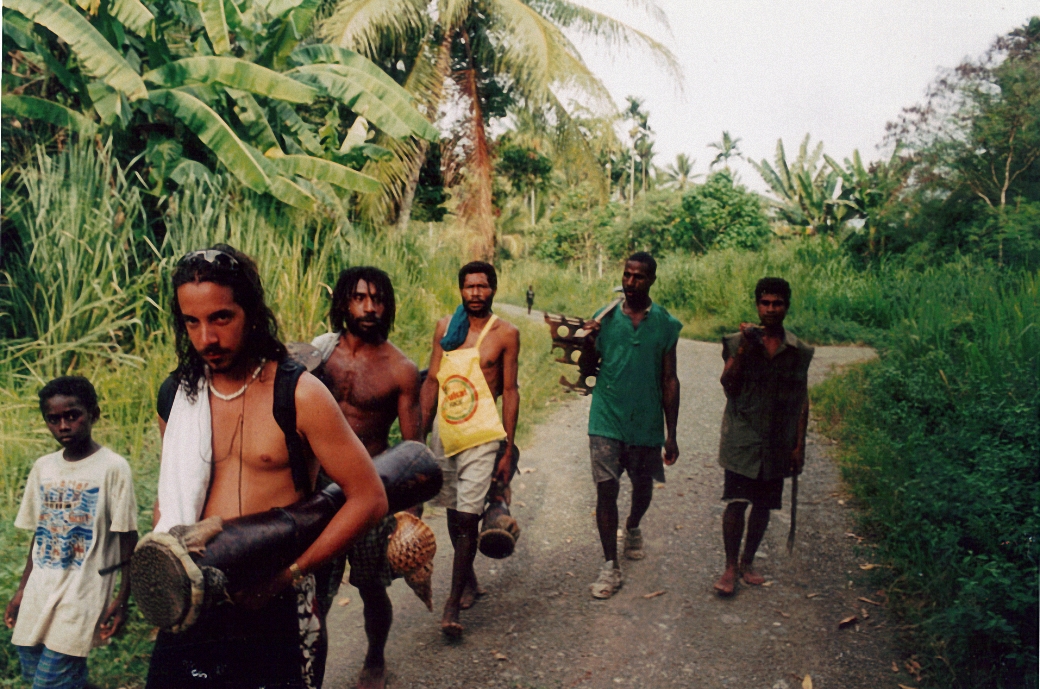
AIRILEKE | THE VOICE OF WANTOK
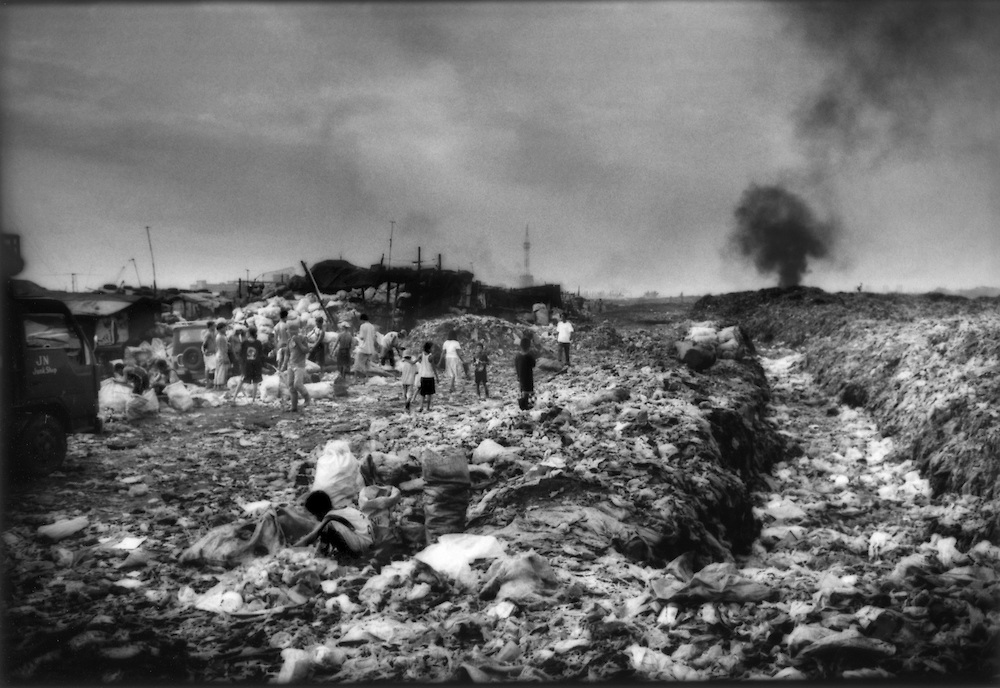
WE, THE COMPLACENT
You May Also Like

PLANE TO SEA
May 31, 2015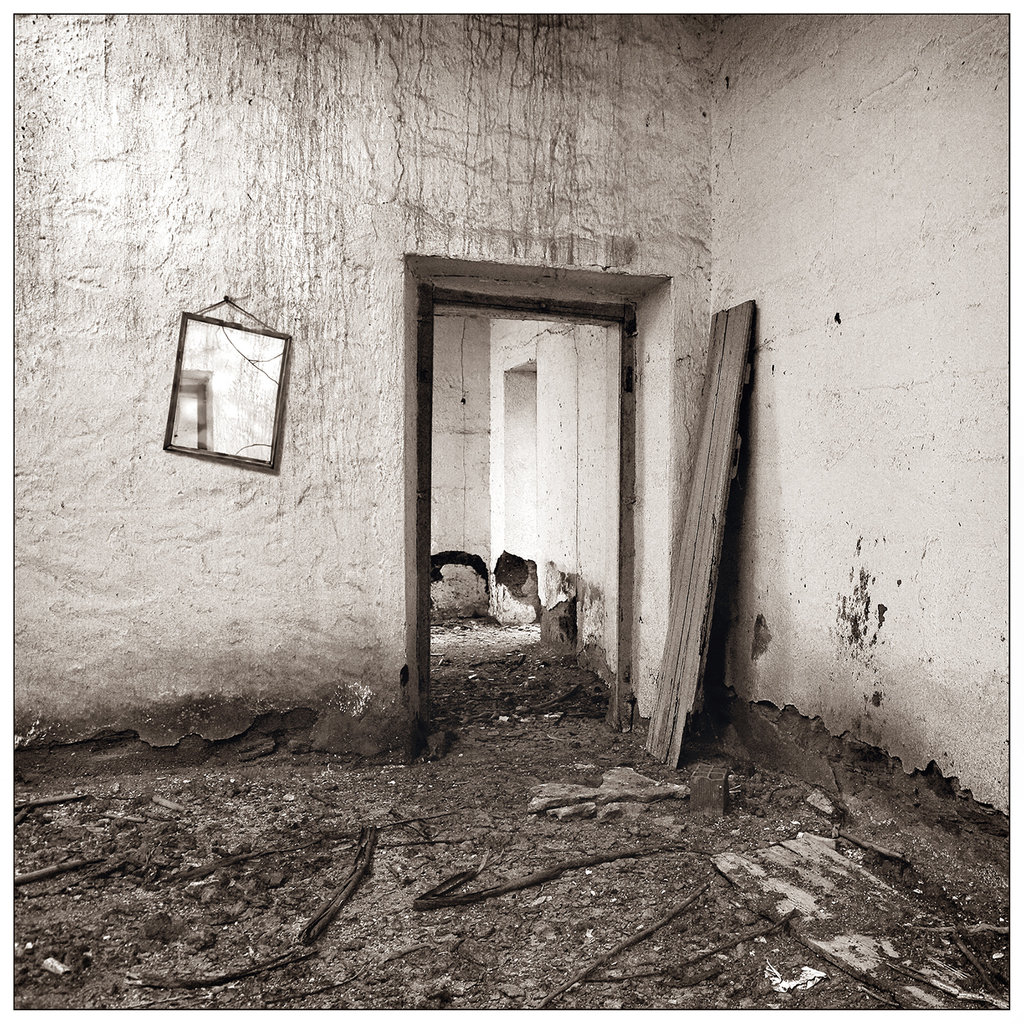
EROSION
July 21, 2015